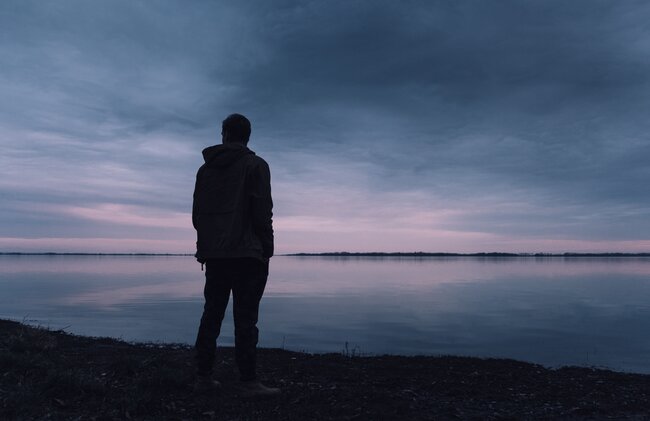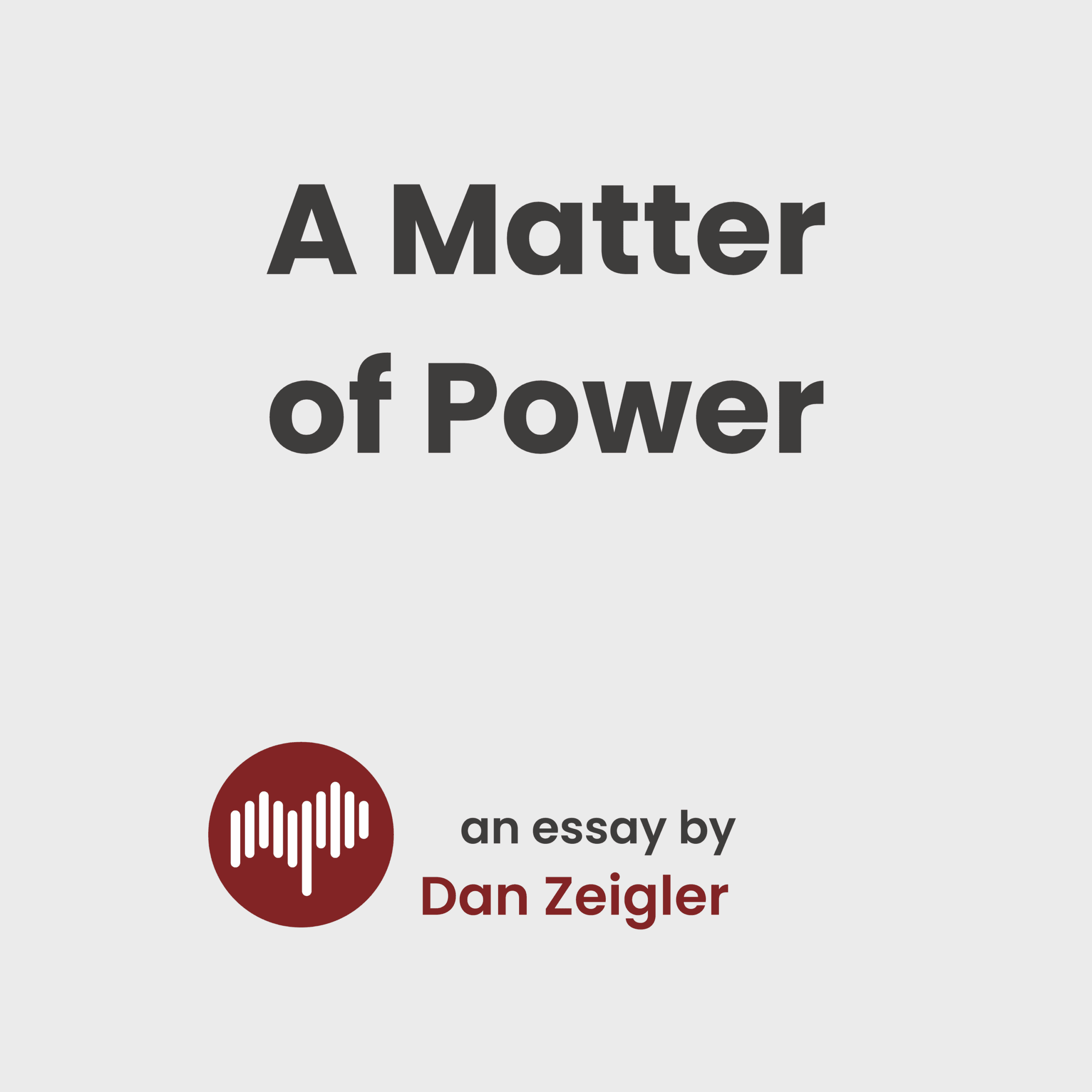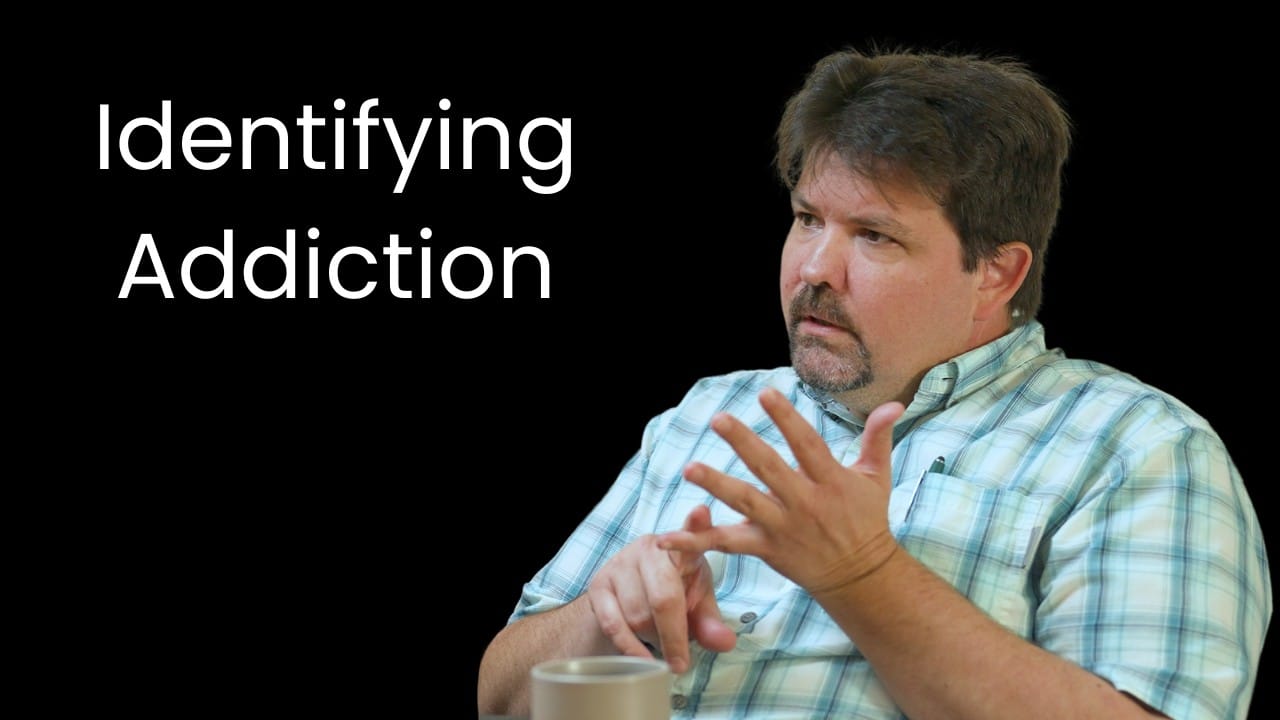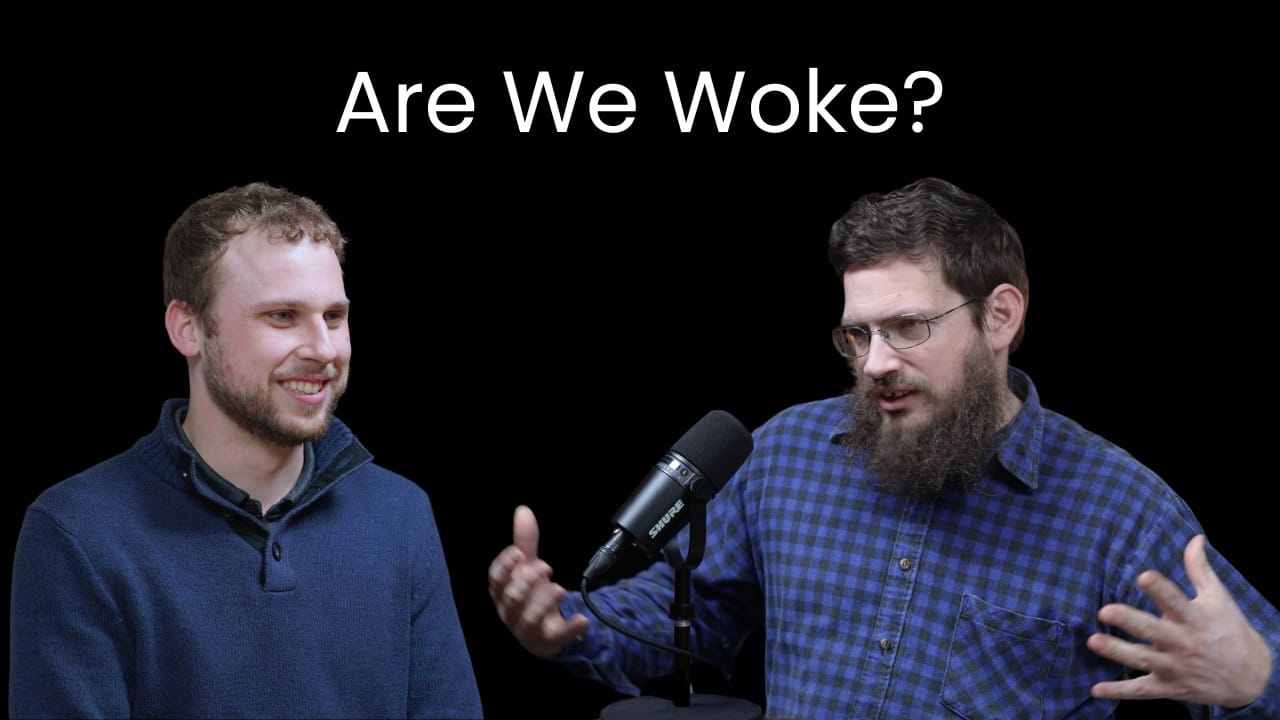The Geography of Loneliness
Across the sparrows and slates of the rooftops of London, the Dean of St. Paul’s Cathedral heard the great bells naming him where he lay in pain and doubt, wrestling with his God. High over the town, the swinging mouth and heavy iron tongue of the Death Knell measured out his days as the dread voice spoke relentlessly into his soul. It reached out like the finger of the Almighty, plucking him from the world of men, a summons to abandon all comfort and joy, take up his sins and stand alone before the Judge.
The funeral bells rang out often over London in 1623 as the Great Plague ran amok through the town. Consequently, when the terrible fevers struck, and the discolored lesions bloomed on his skin, John Donne despaired. The literary genius, ladies’ man, and writer of risqué verse turned ordained minister lay nailed to a bed of pain, suffering, he suspected, the torments of the damned in the hands of a jealous God. And so, when the voices of the bells came in at the open window, they could only be calling him.
Shortly afterwards, however, a tragic procession passed by on the street below, and his mistake became clear: the tolling of the bell was for another man. In time his illness, most likely typhus and not the plague, passed and Donne lived. Yet the moment left him deeply changed. What of the dead man so utterly alone, cut off forever from the affairs of the living, from the small joys and sorrows of the day and those deep ties of warmth and fellowship that run through all mankind? Unable for a time to read or talk, Donne let his pen speak for him in some of the most powerful words ever uttered in the English language. “No man,” he wrote, “is an Iland, intire of itselfe…”1
“Ah, look at all the lonely people. Where do they all come from?” wondered the Beatles in 1966. Good question. These days we no longer fear the Black Death. Another pestilence, a quiet and desperate sense of alienation, has infected our relationships. Troubling reports of an escalating “loneliness epidemic” have initiated a widespread public conversation. As researchers compile a mountain of evidence, a few disquieting statistics suffice to ink in the shadowy outlines of a silent, invisible scourge: 15-30% of the general U.S. population (including 40% of Americans over 45) experience chronic loneliness.2 Surveys show that over 9 million people in the U.K. “often or always” feel lonely. Worse still, a heartbreaking 200,000 elderly Britons cannot report a single conversation with their family or a friend in over a month.3 Things are so bad the government recently appointed a cabinet level “minister for loneliness” to focus on the issue.4
Loneliness is the great leveler, breaching even the most exclusive echelons of power, rank, and privilege through the fatal flaw of our common humanity. Everyone, at some time, has looked up and encountered its silent stare. Its pain belongs to the human race: the sorrow of the grief-stricken at the graveside left to carry on alone, the ceaseless heartache of the abandoned and betrayed, the bewildered hurt of the elderly shelved in the flickering light of the talk shows, the thousand tiny wounds of the ignored and overlooked, the midnight place of the suicide whose silent scream of pain gives up God’s breath of life into the void.
“There are no words to express the abyss between isolation and having one ally,”5 wrote G.K. Chesterton, stabbing his broad finger directly down on the sore spot. At its root, the opposite of alienation is far more than mere hilarity, merrymaking, and high times. Misery may lurk at the very center of the crowd, surrounded by the din and blare that keep the black dog at bay. Who can understand the human heart? The waters of the soul run deep. We are born with a yearning for a kindred spirit—someone to confide in and reveal the depths and measureless currents of our inmost longing. Even the Messiah, united with his brothers as with his Father, must have hungered for this special closeness with the apostle John, “the disciple whom Jesus loved.”6
The American poet Emily Dickinson writes of selecting her soul’s society from an “ample nation” with the delight of a child agonizing over a box of chocolates. Left outside are emperors kneeling on the mat and chariots idling at the gate—all the pomp and circumstance of high society the world has to offer leave her unmoved as stone frozen in the plumbing. Both genius and recluse, Dickinson knew all about isolation. What nameless anguish lay at the root of her self-imposed exile remains a mystery—she simply referred to it as “terror.” At times her pint-sized poems bleed loneliness and hurt onto the page. And so, perhaps taught by the familiar ache of its absence, she knew the value of a kindred spirit best:
There is a solitude of space A solitude of sea A solitude of death, but these Society shall be Compared with that profounder site That polar privacy A soul admitted to itself — Finite Infinity. 7
The empty, dusty, echoing years between the stars, the blue eternity of the deep beyond the final headland, the valley of shadows that all must walk alone–these are the very crossroads of all human love, fellowship, and warmth beside that other place. Here the soul, this slight breath of God’s infinite Spirit which blows where it will, is turned inward to feed on itself, imprisoned and locked in the eternal ice of never ending winter.
Many well intended solutions attempt to cure such human tragedy with the equivalent of get-well cards, smiley stickers, warm fuzzy robots featuring outsized sympathetic eyes to comfort the elderly, bear-hugging armchairs, restaurants that provide life-sized plush toys to sit opposite solitary diners, even phone holding Ramen bowls that provide consolation with a cheery, nature-themed anti-loneliness app as you cry into your noodles. Obviously, any attempts to heal deep wounds at the surface level are bound for failure. But the Good Lord, as we know, loves to set things upside down and back to front.
Chesterton once defined love as the “loneliness of God”8–a loneliness which became a love so great that it took from the Creator of the worlds his only son and nailed him to a cross as the Redeemer and brother of all mankind. Perhaps the current epidemic is a manifestation of a sort of Narnian winter that has come over society—a distance and chilliness that sets in when love, as prophesied, cools and ebbs away. In some strange and simple way, love will solve everything, turning our loneliness into the loneliness of God, not the human despair that drives us deeper into wintry isolation, but in the direction of a fellow man.
For winter implies spring already on its way. It arrives with the first robin splashing down in the snow like the grace of God. A few days of sunshine soften and melt an entire winter’s load of ice. The first drip begins the break-up. There is a tilting of all things, and the earth turns its face towards the sun.
Like the prophet Jonah—alone in the deep, seaweed in his hair, barred in forever at the roots of the mountains—John Donne knew what it meant to be brought up from the pit. His powerful Meditation XVII holds up a mirror to God’s breathtaking love and makes it his own, a love so great that every border between men ceases to exist:
No man is an island, Entire of itself; Each is a piece of the continent, A part of the main; Each man's death diminishes me, For I am involved in mankind; Therefore, send not to know For whom the bell tolls; It tolls for thee.9
If we share in every man’s death, we also share in his rebirth. The funeral knell gives way to the jubilant bells of Easter morning pealing the Resurrection in unearthly adoration. In his time, Christ, the lonely God, will find each one of his lonely people and every tear will be dried.
1Donne, John. “Meditation XVII.” Devotions Upon Emergent Occasions. Return to context⬏
2Hawkley, Louise C., and John T. Cacioppo. “Loneliness Matters: A Theoretical and Empirical Review of Consequences and Mechanisms.” Advances in Pediatrics., U.S. National Library of Medicine, Oct. 2010, www.ncbi.nlm.nih.gov/pmc/articles/PMC3874845/. Return to context⬏
3“So Lonely I Could Die.” Monitor on Psychology, American Psychological Association, 5 Aug. 2017, www.apa.org/news/press/releases/2017/08/lonely-die.aspx. Return to context⬏
4Yeginsu, Ceylan. “U.K. Appoints a Minister for Loneliness.” The New York Times, The New York Times, 17 Jan. 2018, www.nytimes.com/2018/01/17/world/europe/uk-britain-loneliness.html. Return to context⬏
5Chesterton, G. K. The Man Who Was Thursday: A Nightmare. Dodd, Mead & Company, 1908. Return to context⬏
6John 19:26 Return to context⬏
7Emily Dickinson. “There is a Solitude of Space”.” The Single Hound, Little, Brown, and Company, 1915, p. 27. Return to context⬏
8“Introduction.” The Book of Job, Cecil Palmer & Hayward, 1916, p. xiv. Return to context⬏
9Donne, John. “Meditation XVII.” Devotions Upon Emergent Occasions. Return to context⬏
Tags:








Leave a Reply